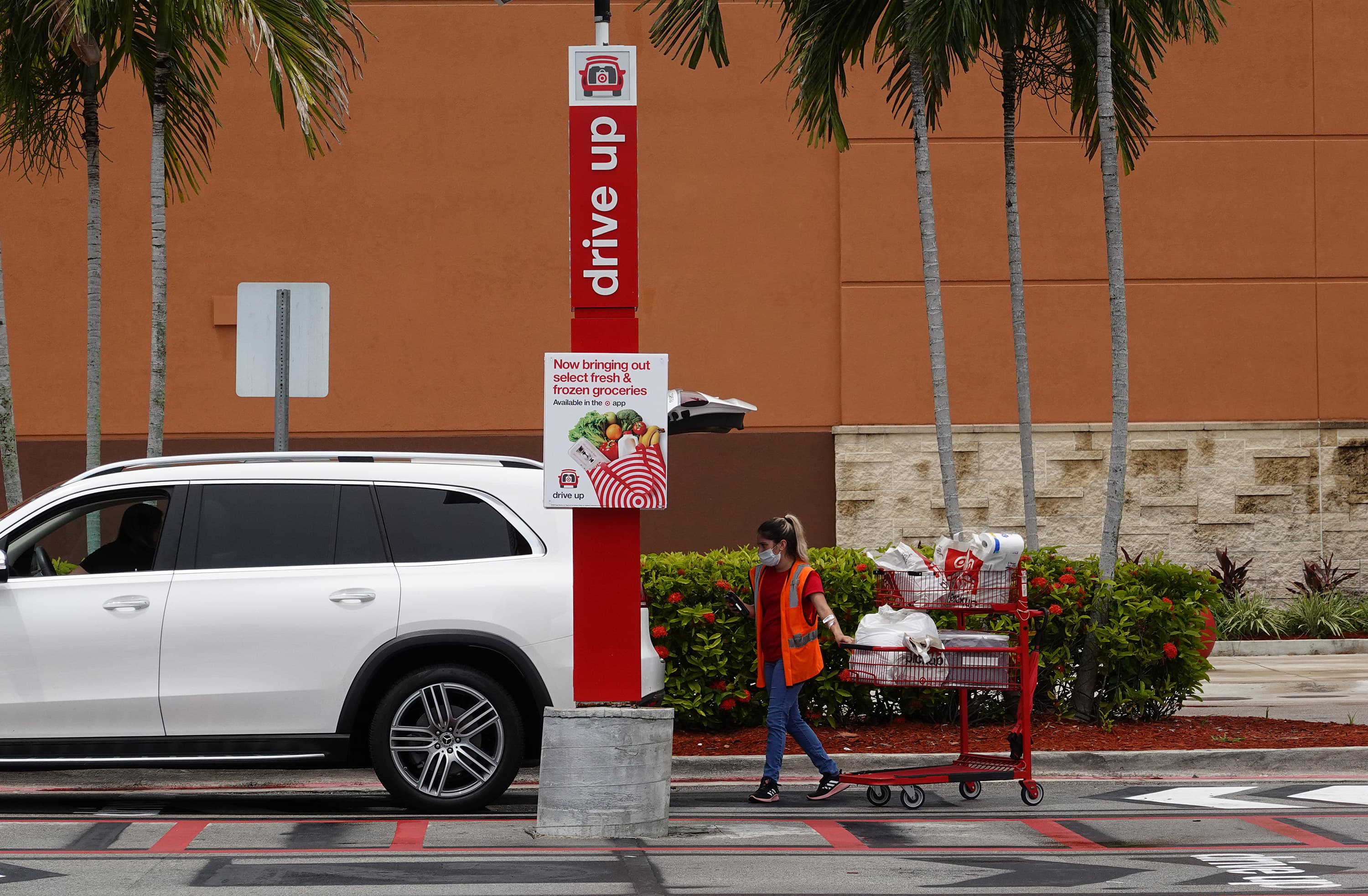Comment: Digital nomad visas are a step in the right direction
Radim Rezek, chief executive and co-founder of housing platform Flatio, weighs the pros and cons of such initiatives

Radim Rezek, chief executive and co-founder of Flatio – a monthly housing platform for digital nomads and remote workers – evaluates the pros and cons of digital nomad visas as they rise in popularity
Since the pandemic, travellers have been staying in destinations for longer periods. Airbnb reported last year that stays over 28 days were its fastest growing area, and recent claims from the platform reveal longer-term stays still make up 20% of total gross nights booked. We’ve also seen companies like Jet2, easyJet and Booking.com introducing programmes targeting customers looking for longer stays. All of these factors can, and will, see destinations introduce long-term visas or digital nomad visas.
As the co-founder of a business designed to provide digital nomads, remote workers and travellers with monthly stays across the world, I should be excited by the rise of digital nomad visas, and I was initially. However, often now, when I look at the small print, I’m a little underwhelmed.
But before we get into that, let me clear up what digital nomad visas are. Digital nomad visas allow foreigners to live, work and travel in a country for an extended time, usually a year, sometimes longer, sometimes shorter. The premise, of course, is excellent and gives digital nomads the ability to travel more freely, while injecting cash into local economies.
Of course, digital nomads existed long before these visas, often travelling on tourist visas. Only, this type of visa is usually more restrictive, limiting stays to weeks or months. Crucially, visitors aren’t supposed to work in the country (though many do) on this kind of visa. So to stay longer, traditional nomads would do ‘visa runs’ to nearby countries. So in that sense, digital nomad visas are a step in the right direction.
However, they are usually (not always) only available to foreigners with high salaries. Take Portugal’s recently-launched digital nomad visa, for example, which requires applicants to earn around €2,800 per month, more than double Portugal’s average monthly salary and four times the minimum wage. Another example is Dubai’s digital nomad visa, which is only available to people earning at least $5,000, or around €5,148 a month. To put that into perspective, the average annual net earnings in the European Union, from 2013 to 2020 was just under €14,000.
Other countries’ digital nomad visas also come with high fees, like Barbados’, which costs between $2000 and $3000. Then there’s the bureaucracy of providing paperwork, healthcare, housing contracts, and proof of income that makes each visa much less appealing to digital nomads, who by their very nature, are looking for an easy life in the sunshine.
From a business perspective, it makes sense. Countries and travel businesses reliant on holidaymakers are trying to catch up from the tourism losses over the past few years. So, they want high earners to come and spend their well-earned money on goods, services, food and drink, to boost local economies. However, these plans can be short-sighted and don’t consider the impact on local communities, like higher prices including in the housing sector – something we, as a property housing platform, must think about.
These visas are alluring to nomads but can cause frustration from local’s earning salaries much lower and having to pay income tax while foreigners visit their country tax-free in some cases. That said, digital nomads usually pay for private healthcare and other services and, of course, nothing is perfect at the start. Digital nomad visas are a relatively new phenomenon, so we will see these visas evolve and adapt. But there must be consideration of the impact on locals and consultation with people living in towns and cities popular with digital nomads.
One good example of successful integration between the two communities was the first digital nomad village on Madeira island, which was launched in February 2021 by the Regional Government Madeira, through Start-up Madeira, with the help of NomadX. The project, widely accepted by natives of the Portuguese archipelago, provided a much-needed cash injection into the local economy following the pandemic years.
Practical, well-thought-out initiatives like this are a step in the right direction. They allow travellers to sample new cultures, try out unique lifestyles and stay longer in places they love. Local businesses benefit from digital nomads spending money in cafes, restaurants, hotels and leisure activities. Digital nomads also help to bring in new ideas, skills and fresh perspectives, which are particularly welcome in smaller, less populated or ageing communities.
As someone who loves to travel with my family, I want to feel welcome in a destination, be mindful of my impact and respectful of local customs. I also like to give something back before I leave. I think most digital nomads feel the same, and I’m sure that locals in places introducing digital nomad visas will realise the benefits of a managed migration of foreigners wishing to live in their country for a few weeks, months, or years. But it doesn’t come without risks, so those implementing programmes must be willing to adapt and evolve if things don’t work out.
Regarding the future of digital nomad visas, I’d like to see less red tape, quicker, easier processes and more access to these initiatives for ordinary people. In an ideal world, I’d like to remove visas and open borders completely to allow people to live, work and travel anywhere they want. After all, travel is about freedom, and that should be for everyone.

 MikeTyes
MikeTyes 




























![Run An Ecommerce SEO Audit in 4 Stages [+ Free Workbook]](https://api.backlinko.com/app/uploads/2025/06/ecommerce-seo-audit-featured-image.png)


